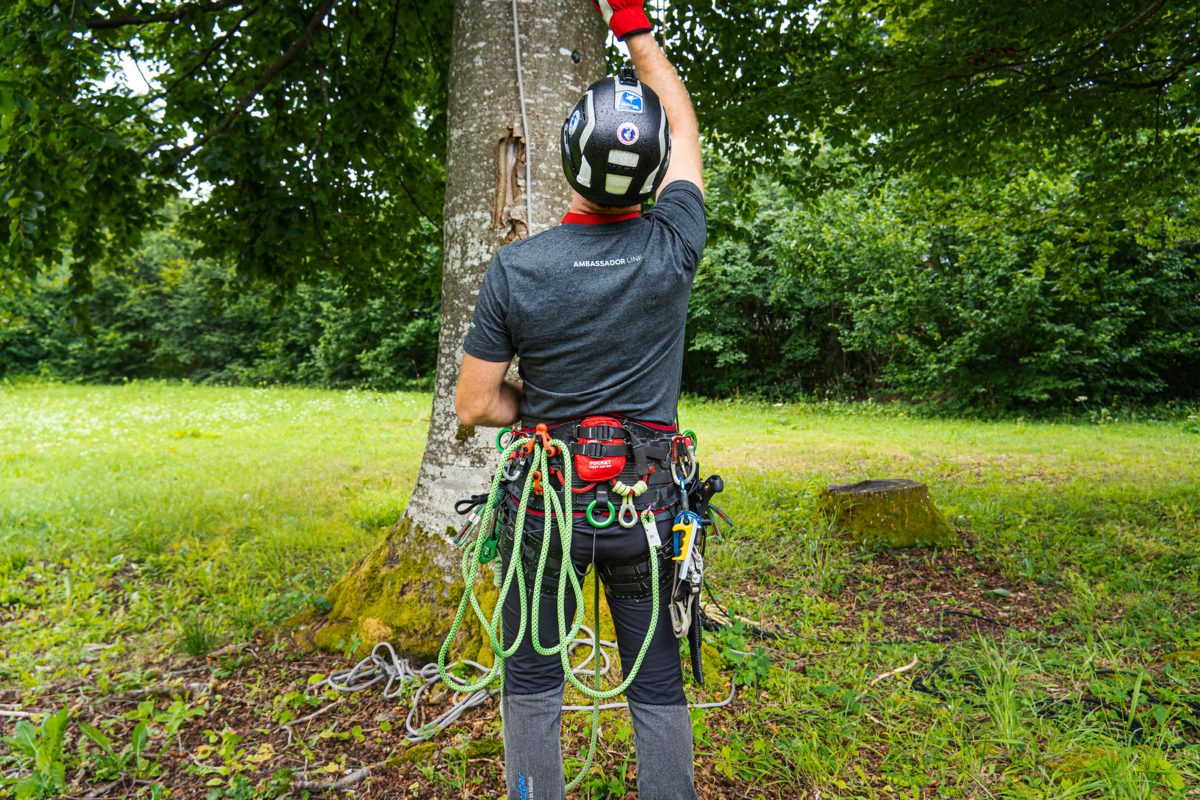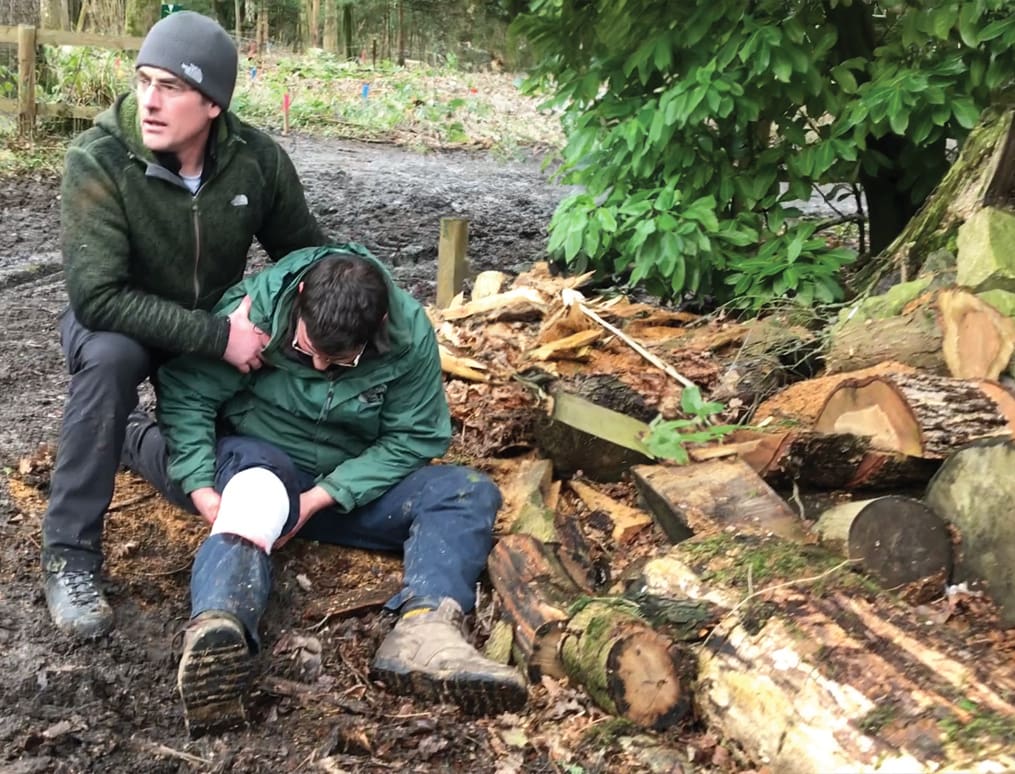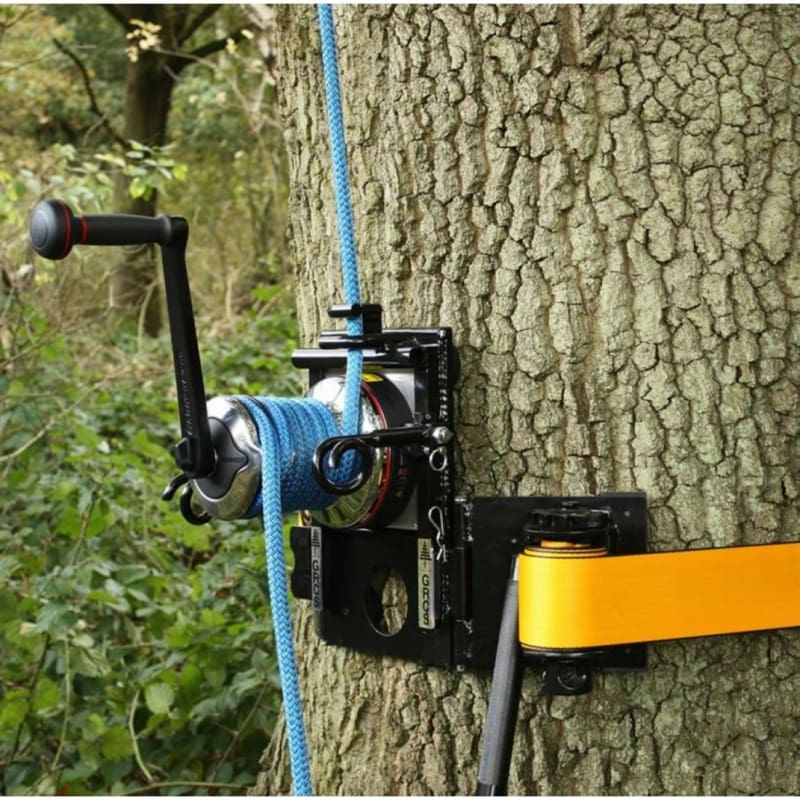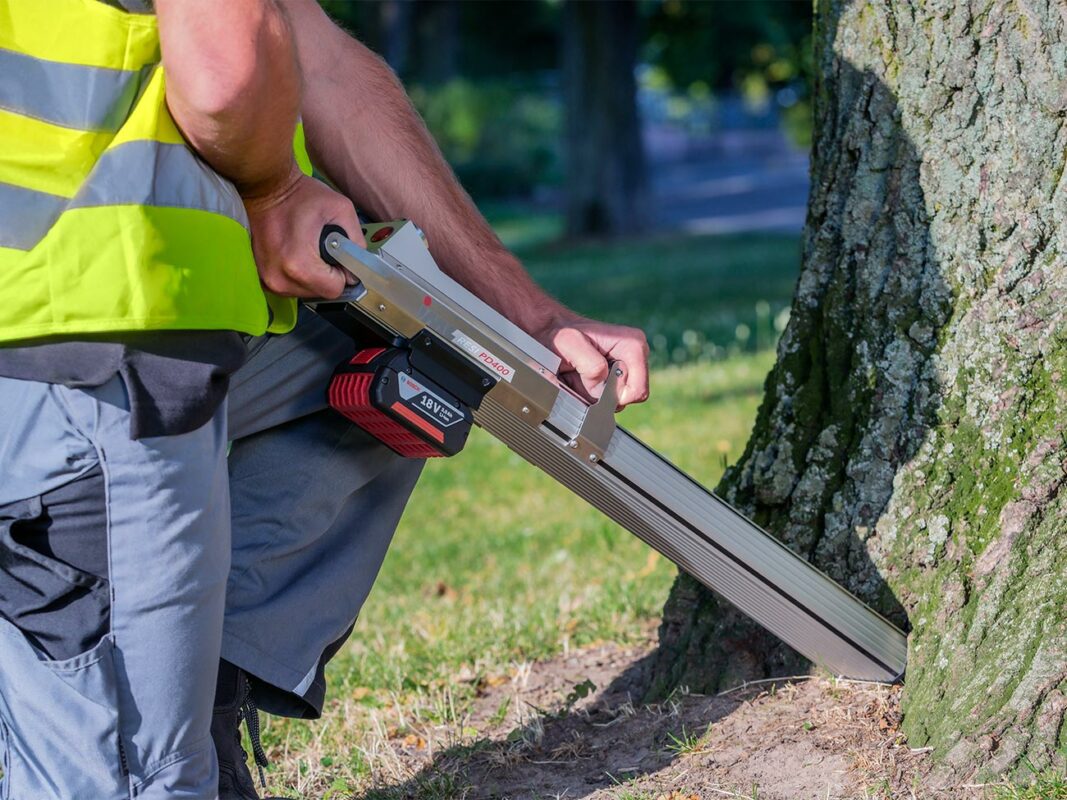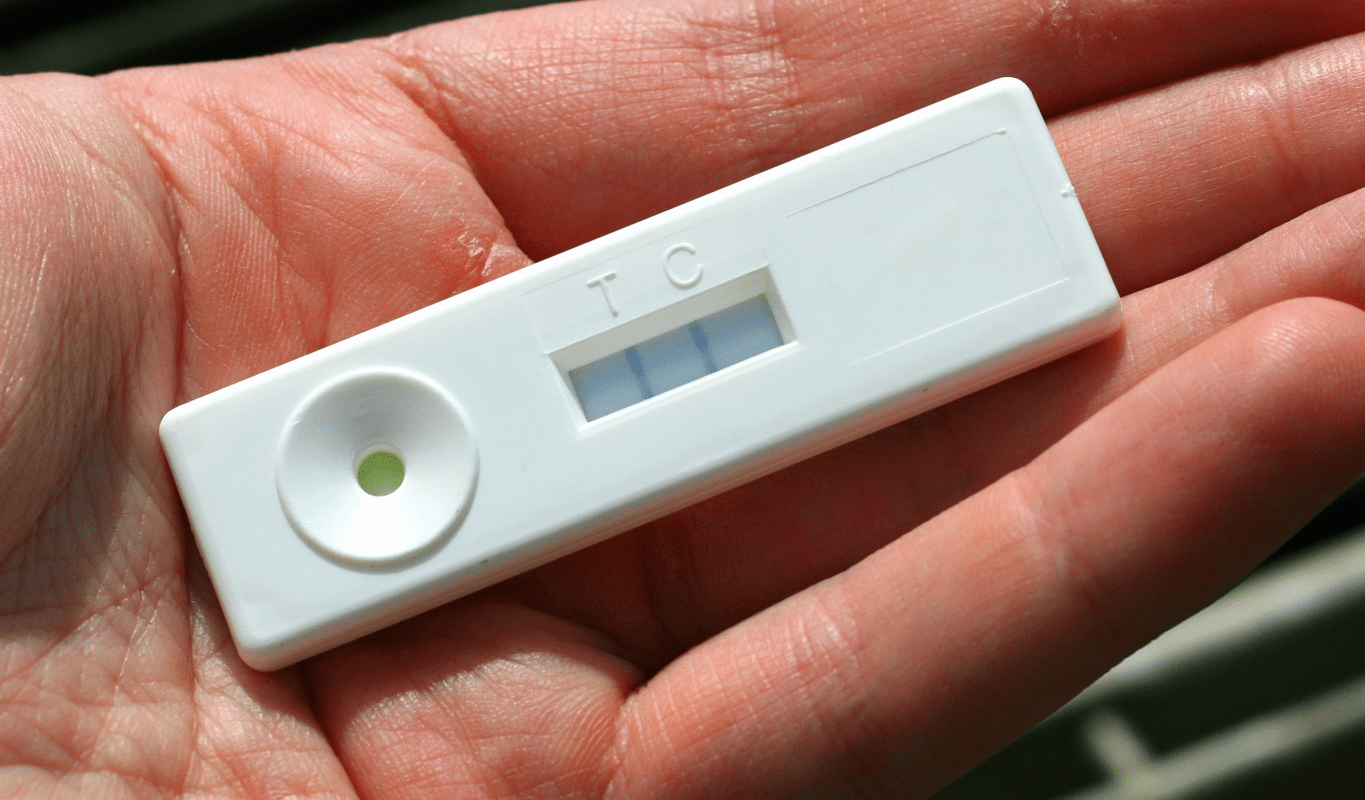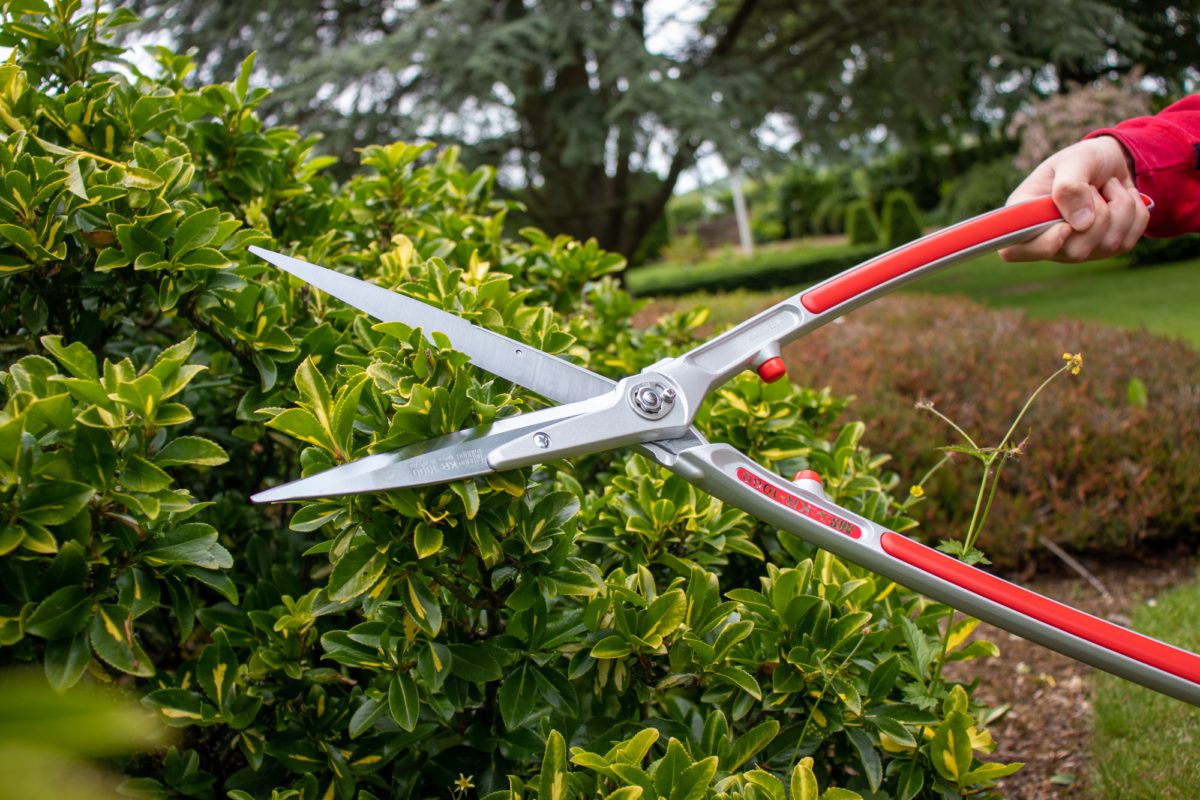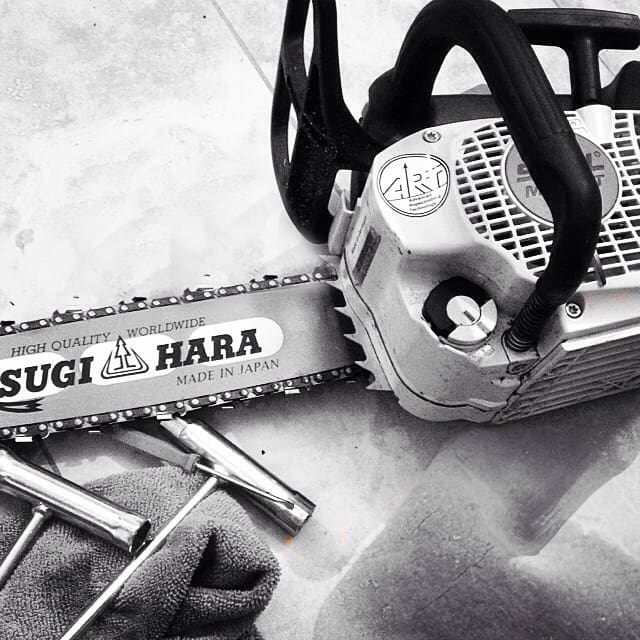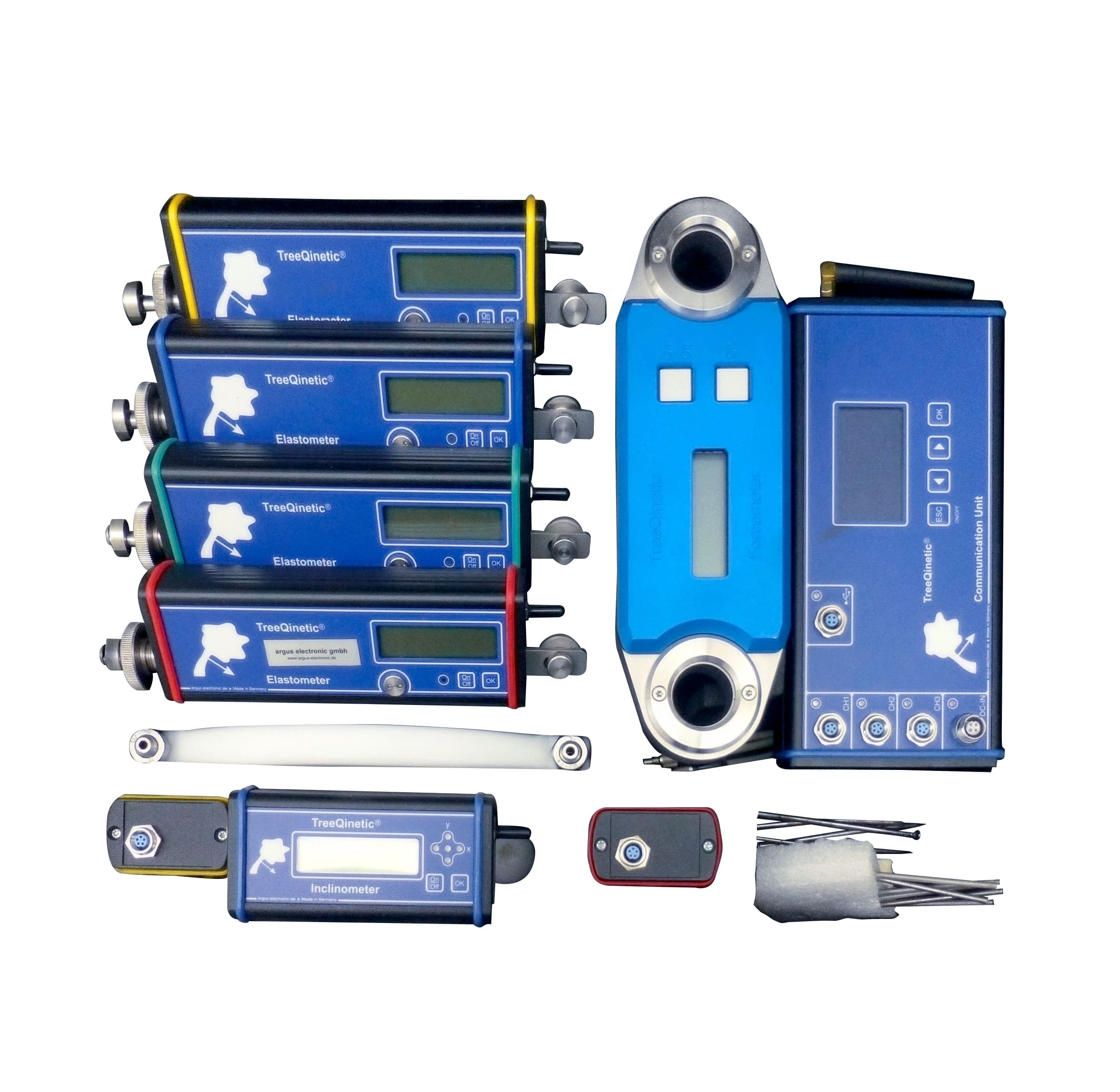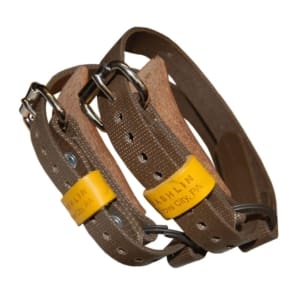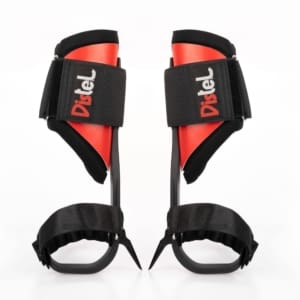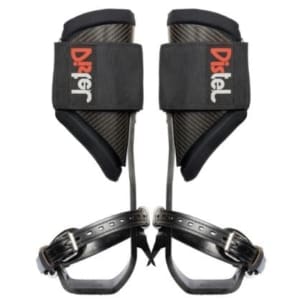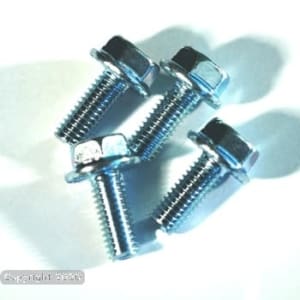Brand: IML
PiCUS TreeQinetic System

PICUS TreeQinetic system measures data that can help to assess uprooting and breaking safety.
Read moreExample description here.
"*" indicates required fields
Description
There are two major types of tree failure: uprooting and breaking.
PICUS TreeQinetic system measures data that can help to assess uprooting and breaking safety. A known pulling load is applied to the tree with a winch assembly and inclinometers & elastomers record data to provide information on the root plate stability of the tree and resistance to bending of the stem. The TreeQinetic system uses wireless linked sensors for fast & easy recording & transmission of data. Please note that the pulling winch/cable is NOT supplied as part of the TreeQinetic and should be sourced separately.
Tree pulling tests were developed at the University of Stuttgart in the 1980’s and 90’s by a team led by Lothar Wessolly and Günther Sinn. The results can be evaluated according to Static Integrated Methods (SIM), e.g. the Elasto-Inclinomethod.
Statics integrating inspections are carried out with pulling tests (elasto-inclino method) that exert a wind substituting load on the tree using a winch and a steel cable. The reaction of the stressed trees under a defined load is measured with high resolution devices (Elastometer and Inclinometer) and the data obtained is compared with those of sound trees. In all safety calculations using the SIM, three major components are considered: wind-load, material properties of green wood and the surface of the load bearing structure (trunk diameter, extent of hollowness). Tree inspectors and practitioners may use a more simplified variation, the SIA method ( statics integrating assessment) which also follows international engineering conventions and allows for quick on-site-assessment.






